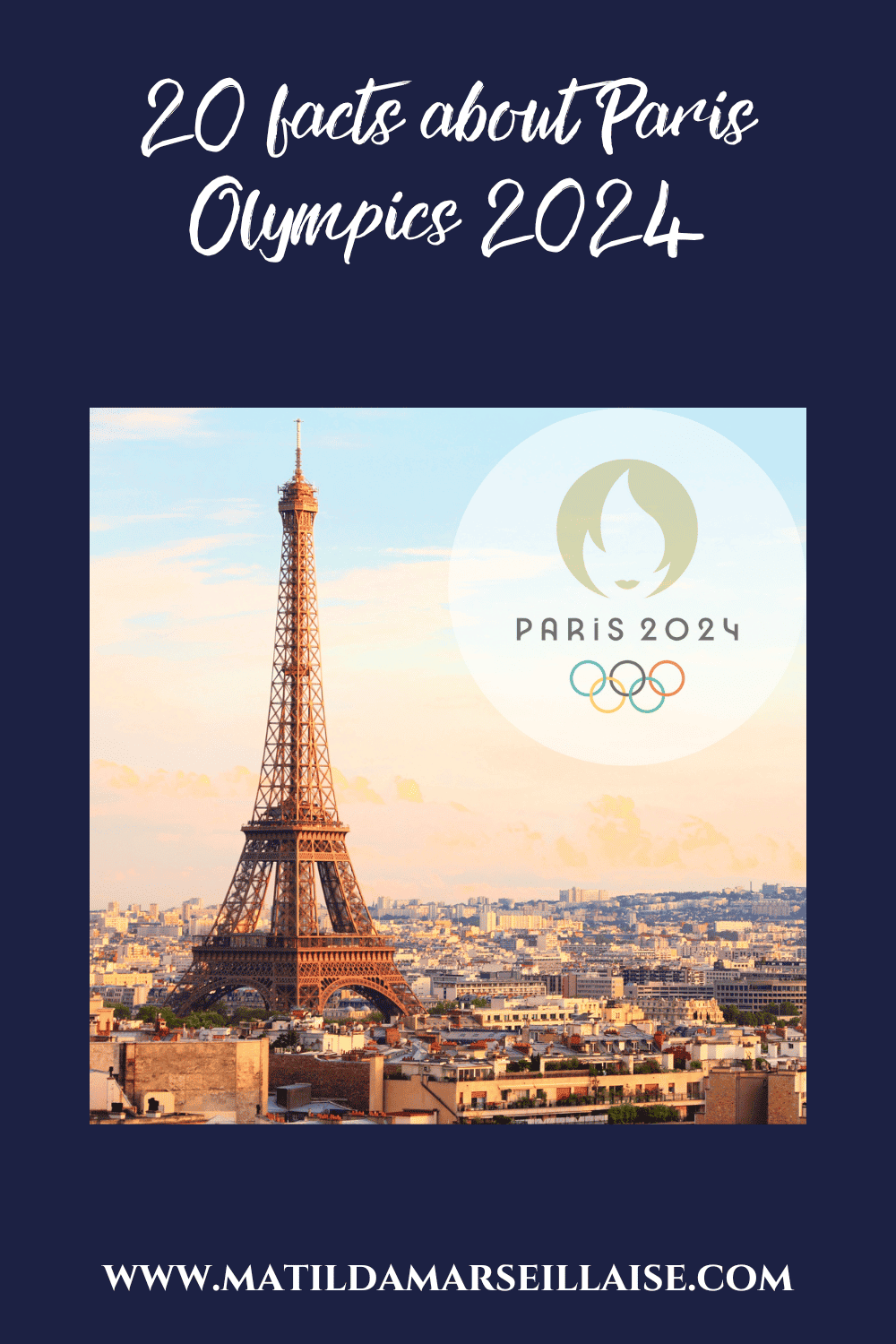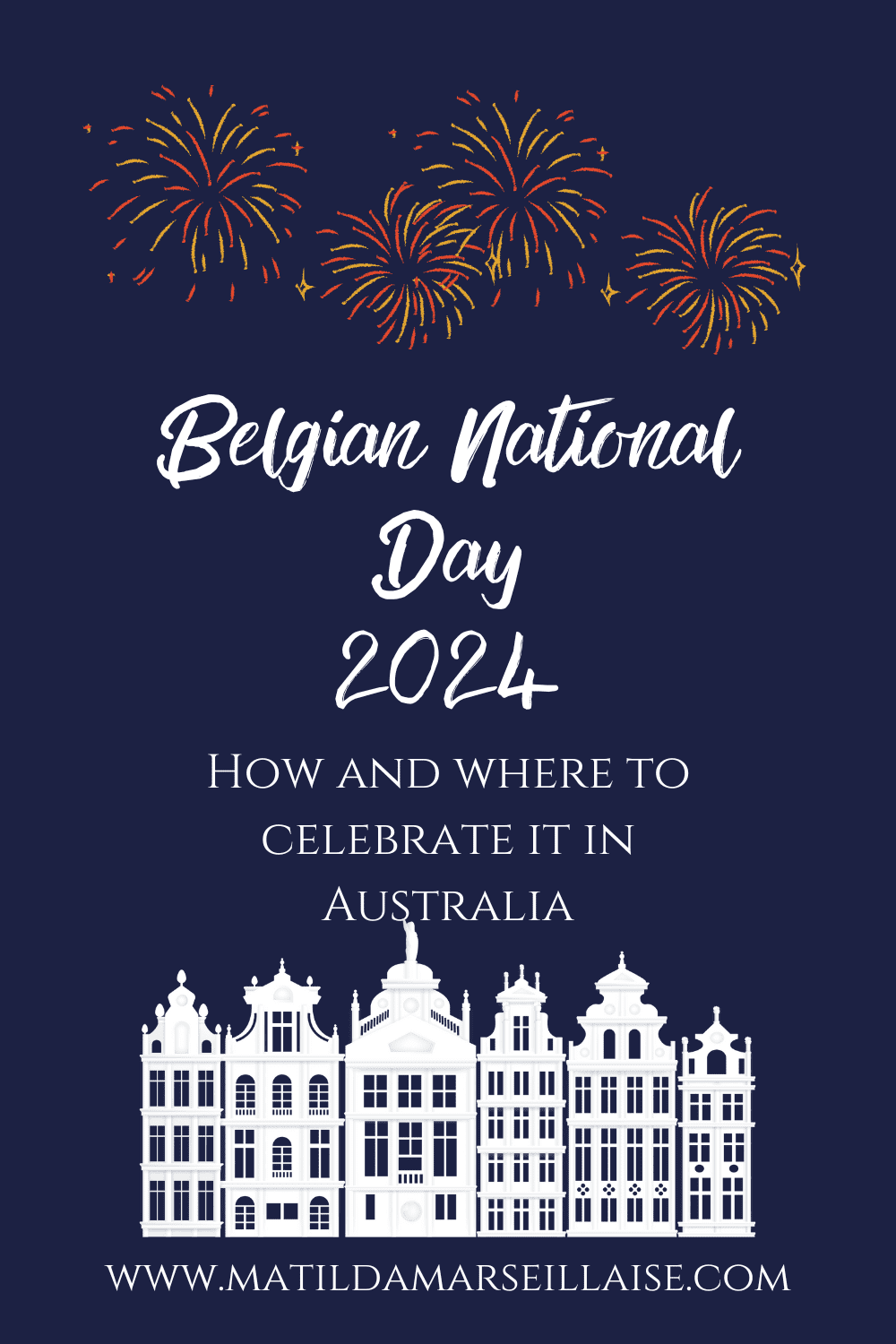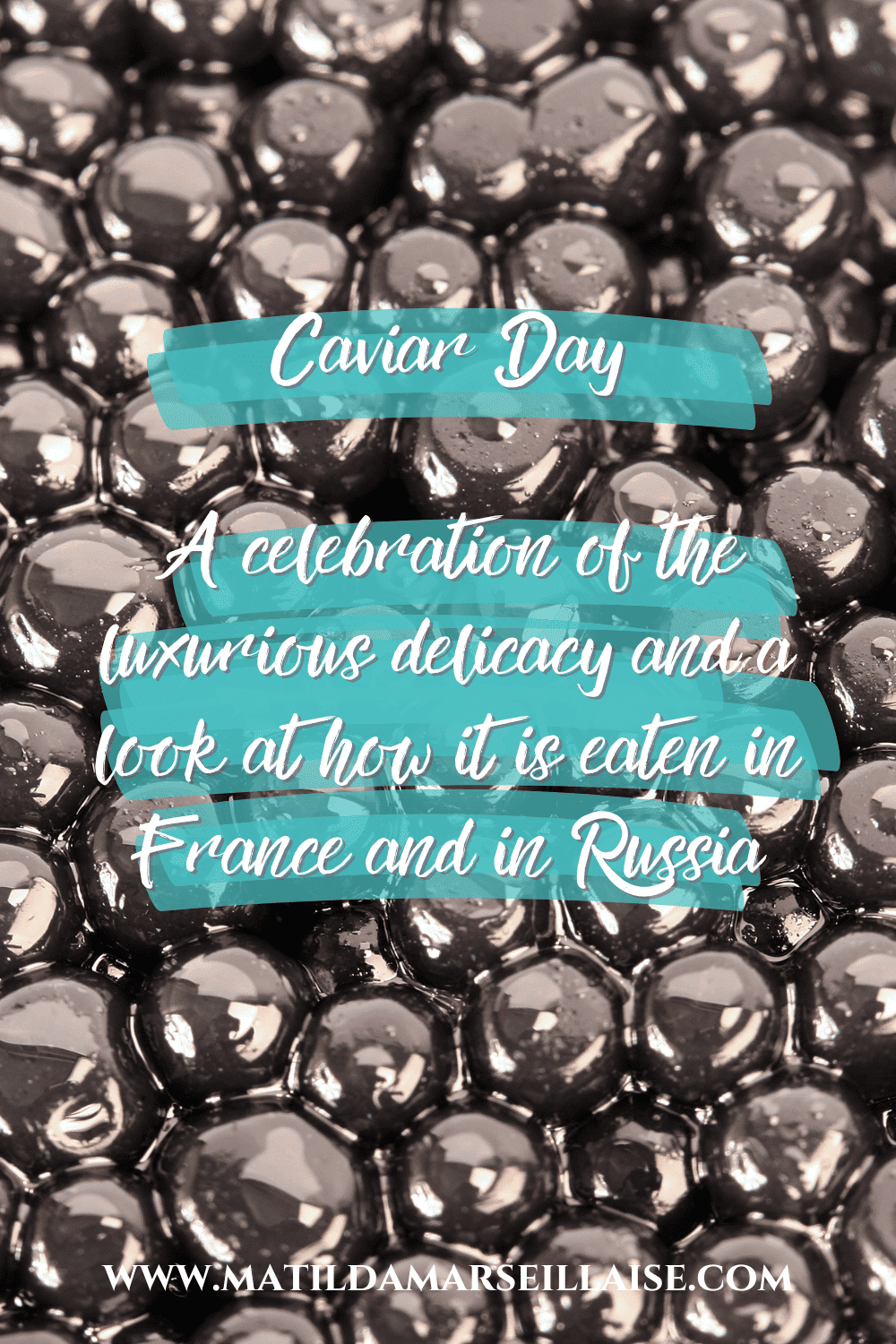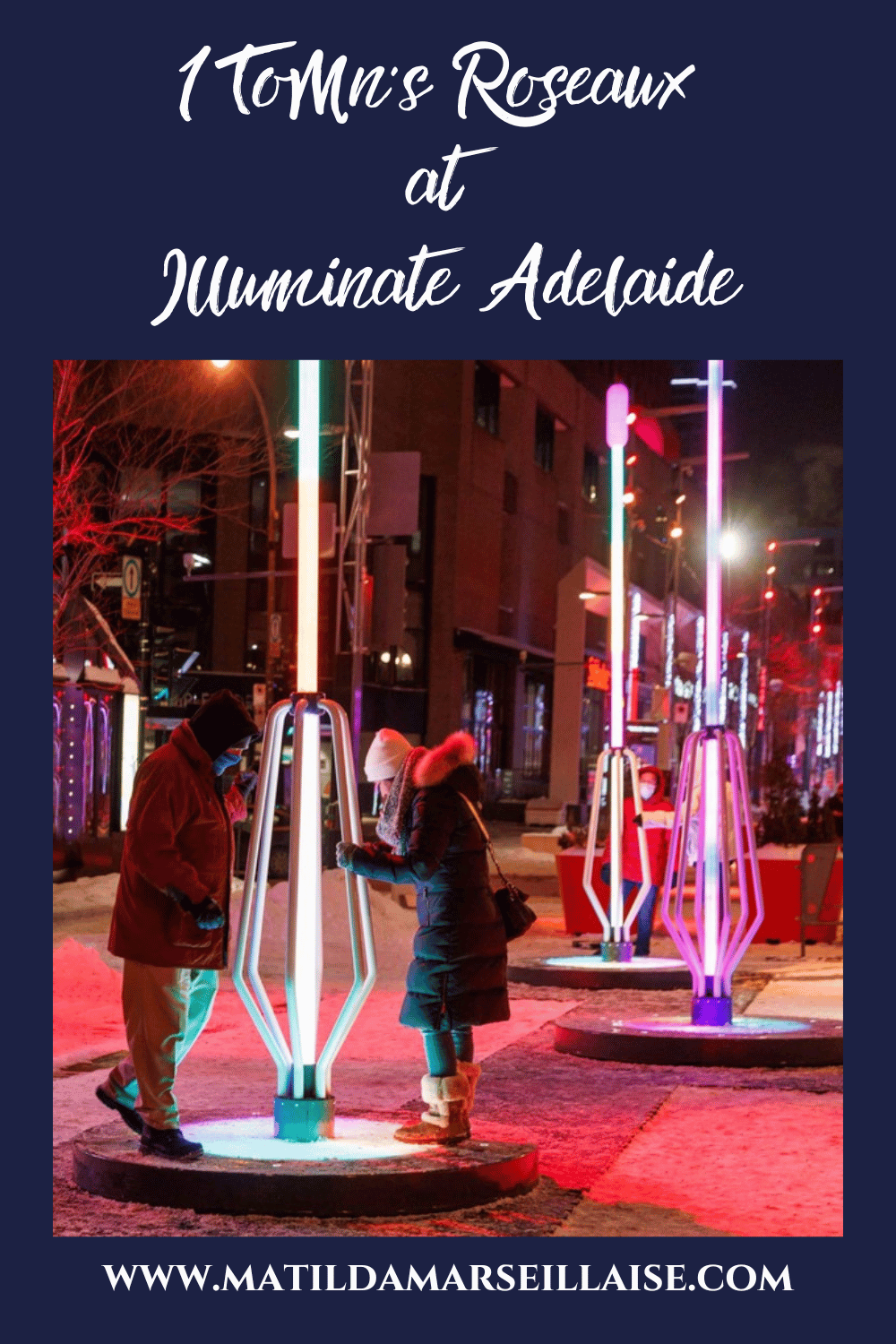Barrie Kosky’s The Threepenny Opera with the Berliner Ensemble opens with Her Majesty’s Theatre in darkness and only the orchestra pit lit up. Then the regular curtain is drawn to reveal a black sparkly curtain from which a glitter-covered head pokes out and begins to sing the theme song Mac the Knife. The next person to reveal themselves from behind the curtain is the character of Mr Peachum (played fantastically by Tilo Nest who we interviewed, you can read that interview here) whose feet and legs are the first thing to reveal themselves through the curtain. He then steps through the curtain onto the stage and walks towards the audience. He is soon followed by his wife Celia, played by Constanze Becker, who also enters wearing the black faux fur coat she wears for the entirety of the performance.

Set designer Rebecca Ringst’s set is quite ingenious. A set which takes up most of the width of the stage contains a minimalist array of angular spaces akin to staircases or hollow Tetris pieces. This allows for the actors to move up, down, through and around it, which is utilised fully and makes for an amusing police chase scene. Although the set is quite minimalist, the silver sparkly curtains at the back of the structure are anything but, with the glitter is dialled right up which makes for an interesting contrast. The characters make full use of the stage, and even at times the orchestra pit. Both Macheath, played brilliantly by Gabriel Schneider, and Polly played flawlessly by Cynthia Micas, even stand on the lid of the piano at times.
The lighting by Ulrich Eh must also be mentioned. The play with shadow and light was used effectively /cleverly throughout the show. One example is masked people scattered though the set who were made to look more menacing in the shadows.
Dinah Ehm was the costume designer for The Threepenny Opera and made interesting use of contrast between some of the characters. Lucy’s costume is perhaps the most visually striking with bursts of strong colours. Dressed in a tasselled flapper dress, paired with bright orange stockings and hot pink boots. This clash could be a nod to the 1920s period when The Threepenny Opera was written and the 1980s when we were told “greed was good”. Polly’s wedding dress is also a nod to the 1980s with its tulle tutu skirt and later she is in a chartreuse coloured dress. The other characters are all dressed in various shades of black.

I wasn’t expecting the level of absurdism Barrie Kosky’s production of The Threepenny Opera has. Initially I found it quite shocking and unamusing. However, as the production went on and I had become accustomed to it, I could see some amusement in it but also found it at times completely overdone, particularly when Lucy’s character, played by Laura Balzer, is acting crazy thrashing about, or when she growls mid duet with Polly. Or when Mr. Peachum with a whip and top hat laughs maniacally at his plan to squeeze pennies out of poverty at the Queen’s coronation. Brown, played by Kathrin Wehlisch, wheeling in a squeaky trolley with Macheath’s last meal of asparagus, which he tries to handfeed to him, was the perfect level of absurdism.
This is not in any way to criticise the acting in The Threepenny Opera but is rather the result of a directorial choice. That being said, fortunately these exaggerated scenes do not represent the whole of the production. In The Threepenny Opera’s Adelaide Festival program is a Director’s note in which Barrie Kosky says: “I’m interested in the art of taking weighty matters lightly.” The exaggeration was a little overdone for our tastes.
The Threepenny Opera has a lot of moments in which the 4th wall is broken. At times, the characters talk to the orchestra and audience. At others, they will clap after another’s performance of a song. Early on, in the wedding scene in The Threepenny Opera, Macheath demands someone sing for them. He initially asks “the nice way” for a volunteer and when none present themselves, picks someone at random from the audience. There is an awkward moment when they refuse (most of us would) followed by a particularly chilling moment when Macheath angrily demands that they sing. Polly then volunteers to sing and says to the audience member “I’ve saved your life”, we believe it.
In Barrie Kosky’s Director’s Note it is also stated that “I hear echoes of Karl Valentin here, who was extremely important to Brecht, or Chaplin, whom he admired.” The character of the Chief of Police, “Tiger” Brown with whom Macheath is good friends is played by Kathrin Wehlisch. Her appearance is very Chaplin-esque.

Performed in German, subtitles were provided for Adelaide Festival audiences. However, rather than being at the top of the stage as they would be in an opera, here, they were displayed on screens off to the sides of the stage. That made it difficult to both watch the stage and understand what was being said. I had to make a choice between watching and understanding. That understanding was further hampered by quite frankly sloppy work by the person responsible for pushing the subtitles to the screen. On several occasions in the performance, the actors would be speaking and the dialogue on the subtitles would either be blank or stuck on the text from before. In a production of this scale, I would have hoped audiences wouldn’t have to contend with these issues. I assume these are not the hydraulics issues that Ruth Mackenzie, Adelaide Festival Artistic Director mentioned to audiences on opening night. We assume this was a problem that was resolved after opening night.
Brecht, Weill and Hauptmann’s The Threepenny Opera is sadly as relevant today as it was in 1928 when it was written. For its Adelaide Festival season, the script has been adjusted to give some Adelaidean references. Gouger Street (amusingly the subtitles said Ginger) and Hindley Street both get mentions
Despite not being impressed with some of the exaggerated scenes and the subtitles; the set, lighting, musicians and actors made this an impressive, modern performance of The Threepenny Opera. If you think you might like absurdist theatre, the music of Kurt Weill, or a modern take on The Threepenny Opera, go see Barrie Kosky’s production at Adelaide Festival.
![]()
4 CROISSANTS
Matilda Marseillaise was a guest of Adelaide Festival
KEY INFO FOR THE THREEPENNY OPERA
WHAT: The Threepenny Opera directed by Barrie Kosky
WHERE: Her Majesty’s Theatre
WHEN:
Sat 09 Mar, 2:00pm
Sun 10 Mar, 4:00pm
HOW: Purchase your tickets via this link
HOW MUCH: Ticket prices vary from $159 to $259 for full-priced tickets. There are discounted tickets for Festival Friends, Concession (Pensioner, Health Care Card* holder, MEAA/Actors’ Equity member), Under 30 years old (ID required), and Full-time student (ID required).
ADELAIDE FESTIVAL CONTENT
Tilo Nest plays Mr Peachum in Barrie Kosky’s The Threepenny Opera exclusive to Adelaide Festival
French agency Sabir managed the first Create4Adelaide and the exposition opens today
Artistic Director Ruth Mackenzie CBE chats to us about Adelaide Festival 2024






